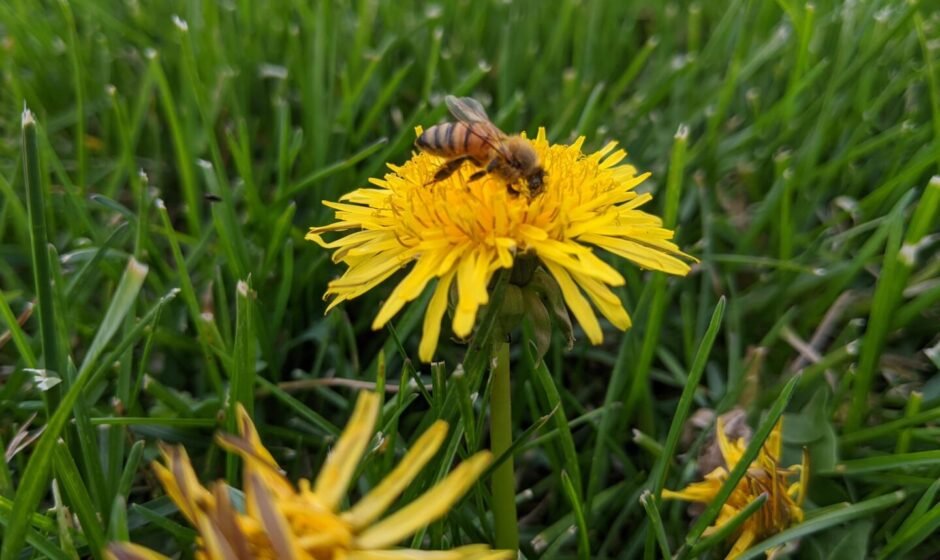A new study from Penn State suggests that climate change may be contributing to a decline in honey production over the past three decades. The researchers analyzed 50 years of data on honey production by state to understand how the availability of flowers, which bees rely on for nectar to make honey, has changed over time. They compared honey production with factors such as temperature, precipitation, soil health, land use, and herbicide use. The study, published in the journal Environmental Research Letters, found that regional climate and soil productivity play a crucial role in supporting floral communities.
Lead author Gabriela Quinlan explained that beekeepers are experiencing lower honey production on a per-colony basis, indicating a decrease in overall flower availability for all bees. However, the study could provide researchers with valuable insights for designing pollinator habitats. Quinlan emphasized the importance of planting flowers for bees to mitigate the negative effects of climate change. The researchers also noted that the survival and adaptation of native flowers in each region will significantly impact honey production.
Other studies have linked periods of drought and heavy rain to decreases in honey production. With climate change, droughts and intense storms are becoming more frequent in different parts of the country. Bethanne Bruninga-Socolar, a pollinator expert at Albright College, highlighted the study’s contribution in connecting factors that affect both non-native honeybees and wild, native bees. She stressed the need to consider broader landscape characteristics, in addition to flower availability.
One limitation of the study is that honeybees are cultivated, making it challenging to draw conclusions about environmental variables when their presence and honey production are influenced by human intervention. Quinlan acknowledged that other factors, such as parasites and pesticides, may also impact honeybees, but national-level data for those areas are not readily available.
In conclusion, the study highlights the potential impact of climate change on honey production and underscores the importance of preserving and enhancing pollinator habitats.




